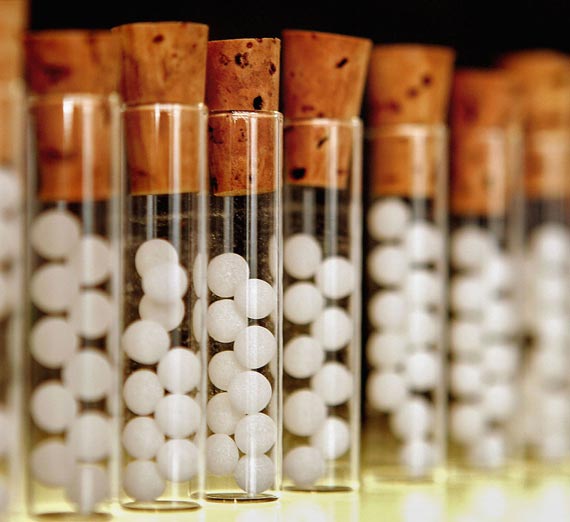
Abstract-
Potency Selection is a difficult problem in homeopathy. To obtain the best treatment i.e the highest ideal of cure, not only must the choice of drug be correct, but also the efficacy and dosage of the drug must be correct.
Medications have been shown to have different effects and in different patients (i.e., in different conditions). There has been a lot of methods and criteria mentioned by different stalwarts in different books of organon and philosophy.
Keywords- Susceptibility, infinitesimal, pharmacological, stimuli.
Introduction-
Selection of dose Posology depends on many factors, for example,hereare some of the things stalwarts mentioned-
- The susceptibility of the patient- The more similar the remedy, the more clearly and positively the symptoms of the patients take on the peculiar and characteristic form of the remedy, the greater the susceptibility to that remedy, and the higher the potency required. Generally speaking, susceptibility is greatest in children and young, vigorous persons, and diminishes with age. The higher potencies are best adapted to sensitive persons of the nervous, sanguine, or choleric temperament; to intelligent, intellectual persons, quick to act and react; to zealous and impulsive persons. Lower potencies and larger and more frequent doses correspond better to torpid and phlegmatic individuals, dull of comprehension and slow to act. Susceptibility is modified by habit and environment. It is increased by intellectual occupation, by the excitement of the imagination and emotions, by sedentary occupation, by long sleep, by an effeminate life. Such persons require high potency. Susceptibility is modified by pathological conditions. In certain terminal conditions the power of the organism to react, even to the indicated homeopathic remedy, may become so low that only material doses can arouse it. Susceptibility is modified by habit and environment. People who are accustomed to long and severe labour out of doors, who sleep little and whose food is coarse, are less susceptible. Idiot, imbeciles, and the deaf and dumb have a low degree of susceptibility, as a rule.
- The seat of the disease.
- The nature and intensity of the disease.
- The stage and duration of the disease.
- The previous treatment of the disease.
- Repetition of the dose: if an indicated medicine is repeated several times in lower potencies, its effect may be perceptible but even then very slowly and less distinctly than if applied in high potencies. Similarly, the reverse is also true when high potencies may fail to produce any appreciable change but low potencies act curatively.
We all know that selection of potency depends on the susceptibility of the patient. The higher the susceptibility, the higher should be the potency and vice versa.
According to Dr. H A Roberts:
Roberts advises that if the symptoms are very similar, we can go with higher potency. The less sure we are of our similarity, the lower our potencies. As a rule, when there is pathology, medium or high potencies may be dangerous. Robert relates doses with the susceptibility of the people.
He gave some laws in his book-
The law of quantity and dose – It states that the quantity of the drug required is in inverse ratio to the similarity.
Law of dosage– The remedy, must be similar in quantity and quality to the dose of the morbific agent, which caused the disease.
Law of quantity- The quantity of action necessary to effect any change in nature is the least possible. The decisive amount is always a minimum, an infinitesimal.
Law of quality- It is inversely proportional with quantity.
Law of use- The dose and quantity that will thoroughly permeate the organism and make its essential impress upon the vital force is that which will affect the functional sphere of the individual.
Law of repetition for proving– Never repeat the dose while symptoms are manifest from the dose already taken. And this law also applies in the case of the law of cure.
The old school believes that drug control does more harm than good. German scientists, biologist
Prof. Arndt and the famous chemist Prof. Schulz studied the effects of drugs and discovered the Arndt Schulz Laws of Pharmacological Action i.e “small stimuli encourage life activity, strong stimuli tend to impede it and very strong stimuli are apt to stop or destroy it.
Conclusion-
Treating patients with homeopathy by giving the correct dose is not a new idea, but until now there has been confusion about how accurate and how powerful it should be for each case. Many ideas and explanations have been made by different people to solve this problem. Some general guidelines for drug use and effect were made from their ideas. If a person follows the instructions exactly, he will certainly succeed.



